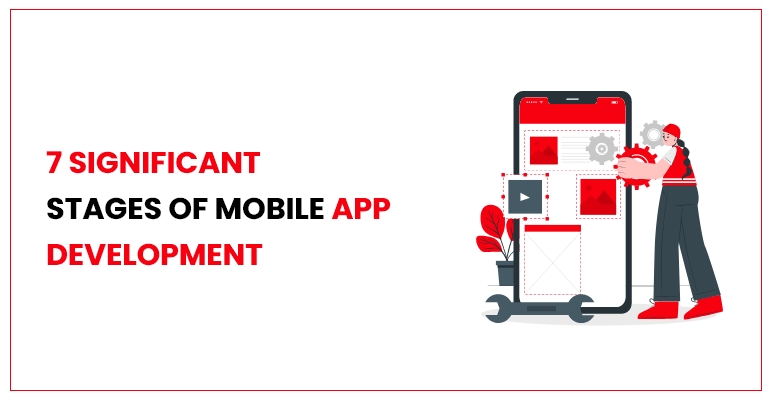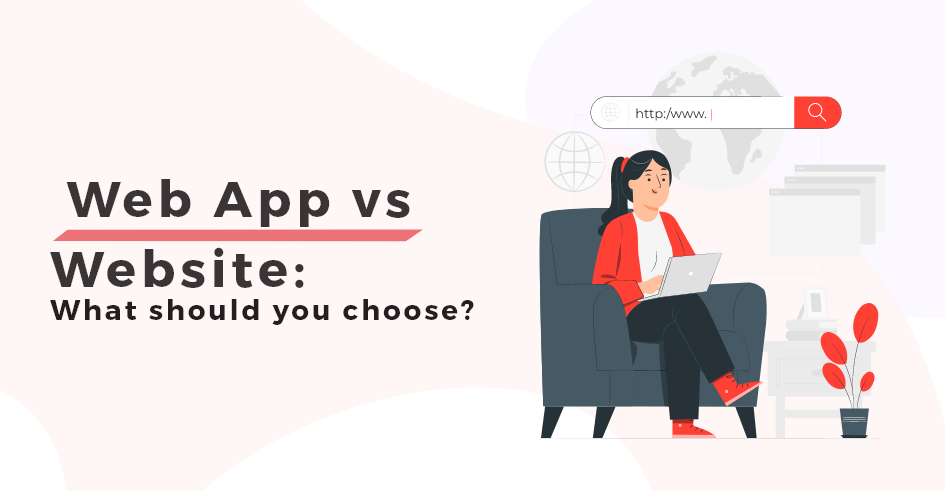What are successful techniques to make your mobile application stand out in the app market
June 28, 2021
admin
It is an inescapable fact that if one wishes to sell a product, it must be distinctive. Yes, if something is one-of-a-kind, it will be successful by default. The situation is similar with mobile applications, as there are over 2.5 million of them available, and competition is fierce. Because standing out appears to be a tricky job, everyone is looking for something unique. According to statistics, the average smartphone user has 20-25 apps on his phone but only utilizes 5-8 regularly. With so little user attention and so much competition, it’s crucial to go outside the box and create something people will praise right away.
As a result, we’ve put together a comprehensive guide with tips and tactics to make your app stand out in the app store and attract clients.
CHOOSE A NAME/WORDS FOR IT THAT ARE BOTH CATCHY AND RELEVANT.
The application’s name is the first thing that people notice, so it should be modern, clever, and relevant. Second, it should be brief and attractive. The third requirement is that it must be extremely similar to the mobile app. For example, Messenger is a unique name that is short, correlated, and sounds impressive when pronounced. To name mobile applications as any trendy and catchy term, you can add a suffix and prefix to the terminology, add a ‘Z’ at the end of the app, or put it between the name, attempt word juggling, etc. Apart from the name, be prepared with suitable ASO (App Store Optimization) and position your app as the greatest option for customers, as they will search for it even before downloading it.
To locate the keywords, feel free to use excellent SEO tools. Also, make an effort to write a nice description, as both platforms allow you to convey your app’s concept in the description area. The text on the App Store, on the other hand, has no bearing on your ASO ranking. In Google Play, there are two fields to fill out: a comprehensive description with up to 400 characters and a short description with an 80-character maximum. However, an unlimited number of characters for the description should not be a problem in the App Store. According to a study, over half of the most successful apps employ only 100-300 characters to describe their main features. So, assess the suitability of each sentence you choose to make your app look fashionable and modern for users.
Remember that only a great start leads to a great finish; therefore, don’t let a lousy description or name ruin your app!
DEVELOP A UNIQUE LOGO
Everyone understands the importance of the logo, which is nothing less than an application’s “Emblem.” As a result, the appearance of the logo is critical. The reason for this is that it immediately grabs our attention. The most challenging aspect of designing a logo is ensuring that it is as original as possible while remaining simple, stunning, and ultimate. Several unique App Store products, such as Facebook, WhatsApp, Snapchat, Hike, Viber, and others, have memorable logos. And, in some way, we all desire the same thing. So, strive to make it one-of-a-kind, catchy, and most importantly, memorable.
The most common reason for mobile app failure is inadequate platform-specific UI/UX, which we’ve already discussed in our earlier blogs. As a result, a robust app must consider the platform’s context, as it will be exposed to all users. You can also compare the policies of AppStore and Google Play before creating an app for both of them. Even when it comes to the title, AppStore allows you to use 50 characters, whereas Google Play only will enable you to use 30. In terms of discoverability, the number of categories you may publish your app varies by platform. For example, one app can be listed in only one category on Google Play and up to three types on iOS due to specific restrictions.
Aside from that, there are platform-specific limits and needs for Android and iOS. You may also wish to utilize slightly different styles for different platforms at times. Because large apps must observe and understand these variances when designing an app that shows on both the AppStore and Google Play, as both platforms do not allow the same contradiction. Overall, you may need to take a platform-oriented strategy by building two alternative interface designs that satisfy Apple’s guidelines and Google’s Material Design guidelines.
ENGAGING WITH YOUR AUDIENCE
Are you pondering how you’ll accomplish this? We’re talking about market research, after all. Market research may be the most crucial step to do before launching a new product. Market research examines the entire market and aids in the understanding of the target market.
Such tool not only aids in the better understanding of your market, but also in the preference of your target customers within a given specialty. To locate potential users, you may also look at current app trends or communicate with a certain social group. Must say, regardless of the route you take, including specific problems or wants that your app addresses (controlled taxi service with wireless payments or a dependable alarm clock) allows it to stand out from the crowd.
Furthermore, as your prototype develops, you’ll undoubtedly want to recruit early adopters. Organizing such surveys can benefit you in a variety of ways, as these people can answer your questions about the app and provide feedback on its flaws as a service to you.
USE VISUALS
Well, you can’t overlook the impact of aesthetics on how people perceive your software! As previously stated, you must consider an appealing icon because it is just as important as the app’s name. It undoubtedly falls within the app’s graphics, therefore you can design a good icon with a unique shape, simple yet lively coloring, and the first letter of your brand. Furthermore, by providing users with multiple possibilities, you may find it easier to select the correct icon.
You can go on to add videos and screenshots if you want to. You can begin with videos on your mobile app. Use the example of several large programs to produce a basic movie that shows users how to use your app. After that, you can use screenshots to help users grasp the concept of your program. A good image is superior than text because of the physical characteristics of the human brain and perception. Don’t forget that customers only spend 8 seconds on average with any app. However, keep in mind that both retailers allow you to use a maximum of five screenshots. In particular, strive to generate screenshots that are both visually beautiful and convey the spirit of your product.
ENDNOTE
Making an app is simple, but getting it to work is a difficult challenge. And, as we all know, there are a plethora of alternatives and techniques to select from in order to make your custom mobile app development stand out in the app store. However, while no plan or method will ensure success, you may use the steps above to increase your App Store ratings and reviews, as well as your chances of success.





